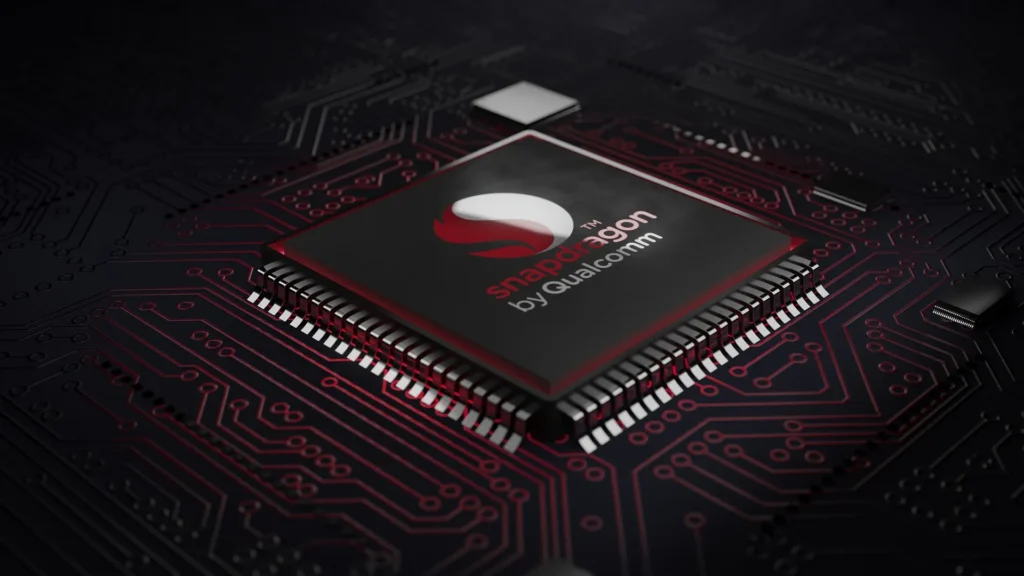What is a Mobile Processor?
In today’s digital world, smartphones have become an essential part of our daily lives, and at the heart of every smartphone lies the mobile processor.

This crucial component determines the speed, efficiency, and overall performance of a device. In this tutorial, we will dive deep into understanding what a mobile processor is, how it functions, and why it plays a vital role in mobile technology.
Understanding the Basics of a Mobile Processor
A mobile processor, also known as a System-on-Chip (SoC), is a compact integrated circuit that houses multiple essential components required for a smartphone to operate. Unlike traditional desktop processors, a mobile processor is designed to be energy-efficient while delivering high performance.
Key Components of a Mobile Processor
- Central Processing Unit (CPU) – Executes instructions and performs computations.
- Graphics Processing Unit (GPU) – Handles rendering of images, videos, and gaming graphics.
- Neural Processing Unit (NPU) – Performs AI-based tasks like image recognition and voice processing.
- Digital Signal Processor (DSP) – Enhances media processing like audio and camera optimization.
- Image Signal Processor (ISP) – Manages camera functions such as HDR, noise reduction, and image processing.
- Modem – Facilitates cellular connectivity (4G, 5G, LTE, etc.).
- Memory Controller – Manages RAM and storage communication.
How Does a Mobile Processor Work?
The mobile processor is the brain of a smartphone, controlling and coordinating all its activities. Below is a breakdown of how it functions:
1 Processing Instructions
The CPU within the mobile processor executes billions of instructions per second to run applications and manage background tasks.
2 Managing Graphics
The GPU processes high-resolution images, animations, and videos, ensuring a smooth visual experience, especially in gaming and media playback.
3 Handling AI Tasks
Modern mobile processors integrate an AI accelerator (NPU) to enhance features like real-time language translation, facial recognition, and photography enhancements.
4 Network and Connectivity
The built-in modem ensures seamless communication over cellular networks (3G, 4G, 5G) and Wi-Fi connectivity.
5 Power Efficiency
Mobile processors are designed to be power-efficient, optimizing battery consumption while ensuring peak performance. Technologies like big.LITTLE architecture allow high-power cores to handle intensive tasks while low-power cores handle background tasks.
Why is the Mobile Processor Important?
The mobile processor directly affects several key aspects of a smartphone:
1 Performance and Speed
A powerful processor ensures a smooth and lag-free experience when launching apps, multitasking, or gaming.
2 Battery Life Optimization
Efficient processors balance performance and power consumption to extend battery life.
3 Camera Capabilities
Modern processors enhance camera performance with advanced features like AI photography, low-light enhancements, and 8K video recording.
4 Gaming Experience
High-end GPUs in mobile processors enable smooth frame rates, realistic graphics, and reduced lag in gaming.
5 AI and Machine Learning
Processors with dedicated NPUs improve AI-driven features such as real-time image enhancements, smart assistants, and voice recognition.
Examples of Popular Mobile Processors
| Processor | Manufacturer | Key Features |
|---|---|---|
| Qualcomm Snapdragon 8 Gen 3 | Qualcomm | Flagship chipset with AI-powered performance, advanced GPU, and 5G support. |
| Apple A17 Pro | Apple | Uses 3nm architecture for improved efficiency, AI processing, and high-end gaming. |
| Samsung Exynos 2400 | Samsung | High-performance processor with AMD RDNA GPU and advanced AI capabilities. |
| MediaTek Dimensity 9300 | MediaTek | Powerful SoC for gaming and AI-driven tasks with an energy-efficient architecture. |
Choosing the Right Mobile Processor
When buying a smartphone, consider these factors:
- Usage Type: If you play heavy games, look for a flagship processor like Snapdragon 8 Gen series or Apple A-series.
- Power Efficiency: Look for processors built on smaller nanometer (nm) technology (e.g., 3nm, 5nm) for better efficiency.
- AI Capabilities: If you use AI-driven apps, pick a processor with a dedicated NPU.
- Network Connectivity: Choose a processor with 5G support for future-proof connectivity.
Conclusion
The mobile processor is the most crucial component in a smartphone, determining speed, efficiency, camera performance, gaming experience, and battery life. Understanding its functions helps users make informed decisions when purchasing a smartphone. With advancements in AI, 5G, and efficient architectures, mobile processors will continue to evolve, bringing more powerful and energy-efficient devices.
